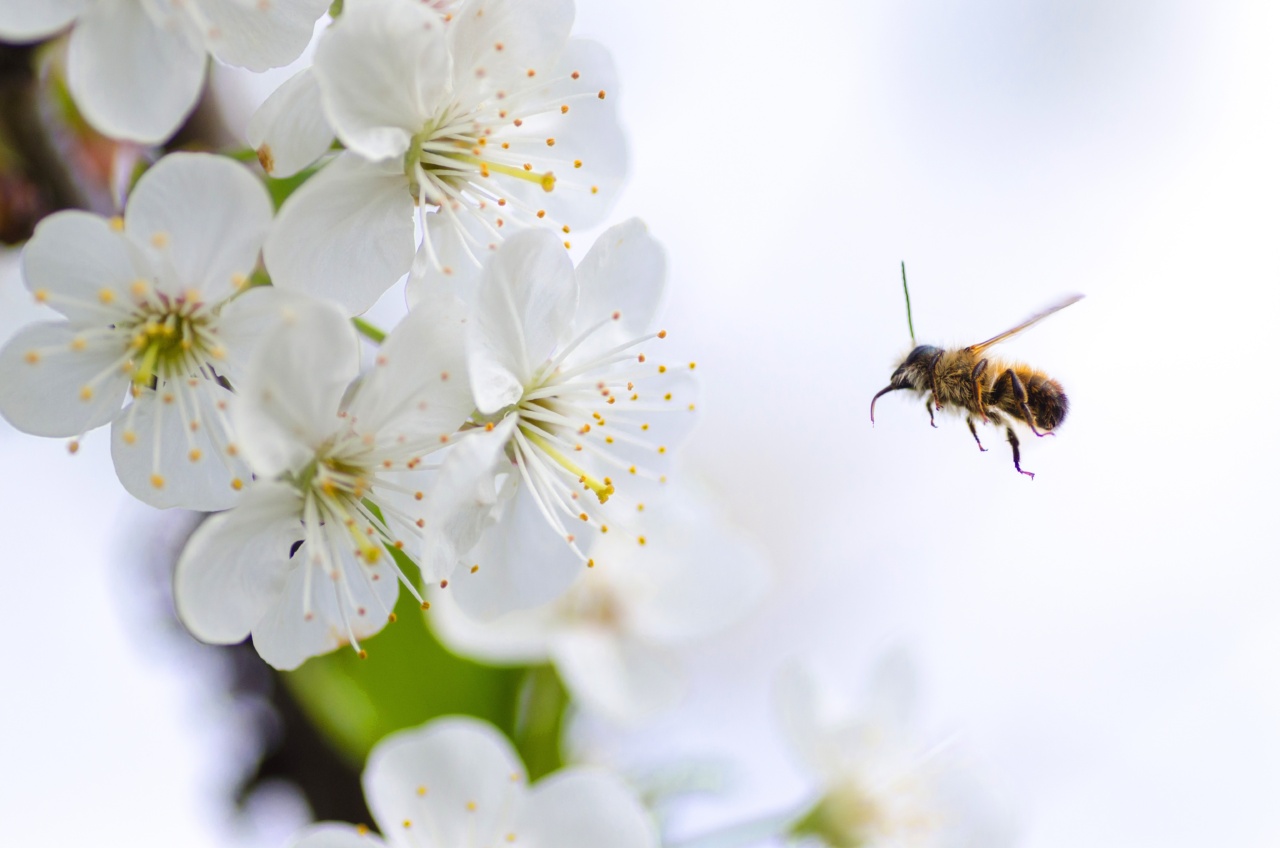Summer is a time for enjoying the outdoors and soaking up the sunshine. But with the warmer weather come the bees, and unfortunately, their stingers.
Getting stung by a bee can be a painful and concerning experience, especially if you have a severe reaction to it. In this article, we will share some tips on how to treat a bee sting quickly and effectively.
Why Do Bees Sting?
Bees typically sting as a means of defense or to protect their hive. A bee’s stinger contains venom, which is released into the skin upon being stung.
For most people, a bee sting results in a localized reaction that includes pain, redness, and swelling. However, for some individuals, bee stings can be severe and even life-threatening, causing anaphylaxis.
First Steps After a Bee Sting
If you are stung by a bee, the first thing you should do is remove the stinger. This can be done by using a flat object like a credit card or your fingernail to scrape the stinger out of the skin.
Avoid using tweezers, as this can cause more venom to be released into the skin. Once the stinger is removed, clean the affected area with soap and water.
Immediate Treatment for Bee Stings
If you have a localized reaction to a bee sting, there are several steps you can take to relieve the pain and swelling quickly. Here are some immediate remedies:.
1. Ice and Elevation
Apply a cold compress, such as ice, to the sting for 10-15 minutes at a time. Elevating the affected area can also help to reduce swelling. This will help to constrict the blood vessels and reduce redness, swelling and pain caused by bee sting.
2. Apply Baking Soda Paste
Mix a little bit of baking soda with enough water to make a paste. Apply the paste to the affected area for 10-15 minutes and then rinse it off with water.
The alkaline nature of baking soda can help to neutralize the acid in the bee venom, which can help to reduce the pain and swelling caused by the sting.
3. Use Honey
Honey has natural anti-inflammatory properties that can help to reduce swelling and pain. Gently spread a small amount of honey onto the affected area and let it sit for 30 minutes. Rinse off with water after 30 minutes.
Honey has many benefits for our health so, you can use it for its other properties in other ways.
4. Apply Aloe Vera Gel
Aloe vera gel contains both anti-inflammatory and antibacterial properties, making it a great ingredient to soothe bee stings and reduce swelling. Apply a small amount of aloe vera gel directly to the affected area and let it sit for 10-15 minutes.
It can be reapply as needed if the pain or swelling is severe.
5. Apply Essential Oils
The natural anti-inflammatory and anti-bacterial properties of essential oils and can also be effective remedies for bee stings. Tea tree oil, lavender oil, and peppermint oil are all known for their healing and anti-inflammatory benefits.
Mix a few drops of any of these oils with a carrier oil like coconut oil or olive oil, and apply the mixture to the affected area.
When to Seek Medical Attention
In most cases, a bee sting will only result in a localized reaction that can be effectively treated at home with the remedies listed above. However, in some cases, a bee sting can lead to a more severe allergic reaction, known as anaphylaxis.
Symptoms of anaphylaxis include difficulty breathing, hives, swelling of the face or throat, rapid pulse, and nausea or vomiting. If you experience any of these symptoms after a bee sting, seek medical attention immediately.
Conclusion
Getting stung by a bee can be a painful experience, but with the right remedies, it can be treated quickly and effectively. The most important thing to remember after a bee sting is to remove the stinger and clean the affected area to prevent infection.
From there, these simple home remedies can help to soothe the pain and reduce swelling. If you experience any signs of a severe reaction, seek medical attention immediately.































